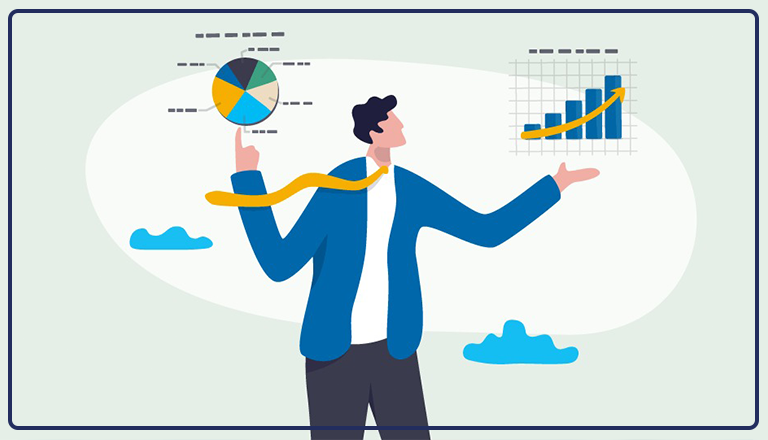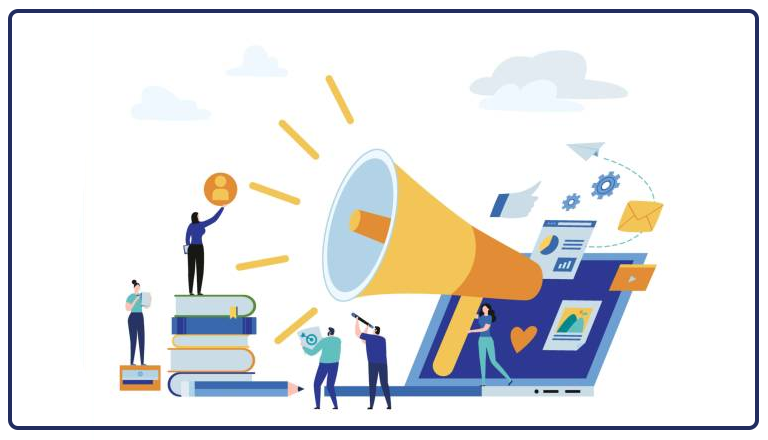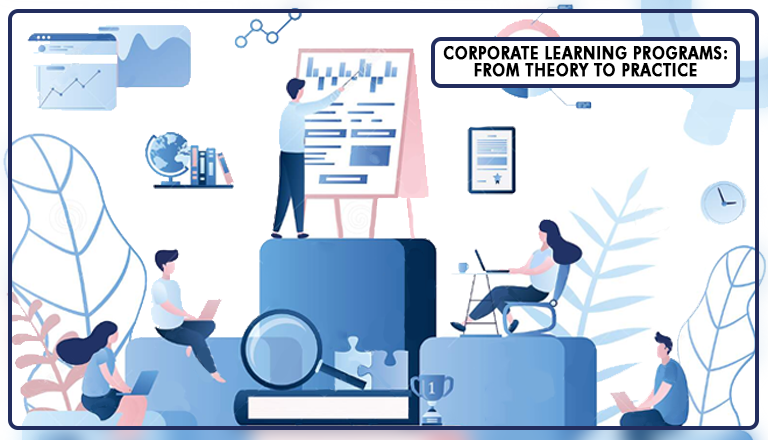With the high rate of change in the skills in demand, 58% of companies say that closing skill gaps has become a priority. As a result, 96% of HR and L&D professionals expect their staff training budgets to increase this new year. However, according to a survey by City & Guilds that covered 600 L&D professionals, almost all of them had experienced the ‘failure’ of an in-house training program within the past five years. This makes justifying the learning investment and measuring its ROI one of the biggest challenges that L&D departments face within company walls. In this article, we will help you discover how you can create learning programs that instantly translate into lasting, visible, and measurable change.

What is Learning Effectiveness Measurement?
One of the most commonly used models to measure learning effectiveness is the Kirkpatrick model. According to Kirkpatrick, learning effectiveness can be measured on four different levels:
Level I: Learning Reaction
In this level of learning ROI measurement, you measure how learners ‘feel’ about the programs they have received. It’s usually administered in the form of surveys mid, post, and, sometimes, 90 days post training. Adittionally, it is important for you to not get carried away with any high numbers here, though. They only mean that the program was ‘fun’ and ‘engaging’ and that the learners ‘feel’ they have learned something useful. The objective truth may be different, however.
Level II: Learning Outcome
In this level of learning effectiveness measurement, you try to measure the objective truth: have the learners really learned anything from the program? The best way to measure this is through assessments, capstone projects, and assignments. The data you gain here informs you about whether the learners have actually acquired the knowledge and skills that you set out to help them gain.
Level III: Behavioral Change
Starting from this level is where most organizations falter. At this level, you already know that learners have acquired the necessary knowledge and skills. The question is: have they used them on the job? You see, ‘knowing’ and ‘doing’ are two different things. And according to a learning survey by 24X7, only 12% of learners say they apply the skills from the training they receive on their job. It seems that, in training, everyone is excited about learning new skills, but the moment employees get back to their jobs, it’s business as usual, and employees revert back to doing the same old things in the same old way. This leaves organizations struggling to help employees implement their newly learned knowledge and skills.
Level IV: Learning Return on Investment (ROI)
If learning is successfully transferred on the job, you are going to likely be able to measure your ROI. You can measure it in costs saved or revenues generated. You can even measure it in qualitative terms; the ROI does not have to be quantitative. For example, your ROI can be % reduction in absenteeism, % increase in employee engagement, % employee attrition reduction, etc.
Now that you know the four levels of measuring the effectiveness of your learning programs, you must have already guessed that the biggest challenge and the most seminal to the performance of the L&D department is related to level III, i.e. creating behavioral change. In the next section, we’ll help you look to your L&D programs differently to create the lasting and impactful change you want.

Learning Programs As A Learning Campaign
To help employees transfer their newly acquired knowledge and skills on the job, you need to take off the hat of the L&D department and wear that of marketing. What do marketers do to influence consumer behavior? They build campaigns, not advertisements. Likewise, you need to build learning campaigns, not learning programs.
What’s the difference?
A learning program is usually a hit-and-run which often helps employees learn new skills which they leisurely discard once back on the job. Learning campaigns, however, involve the continuous reminding and inviting of employees to apply their new learnings, which can significantly motivate learning implementation and boost the level of behavioral change.
Excited?
Here are a few tips about how you can transform your learning programs to learning campaigns.
Corporate Communication
Get all hands on deck to achieve your learning objectives. Create snippets of the most important learnings of your programs and make sure to get the corporate communication team on board to help disseminate these learnings. You can create snippets for all forms of communication such as email reminders, playbooks, job aids, infographics, and, even, offline posters that can be hung all around the office. The point is employees need to be continuously reminded of the key learning points of your L&D programs.
Employee Engagement
Get the employee engagement team on board too. What activities or company events can they organize to create memorable employee experiences that further cement the key learning points in the employees’ memories? What competitions and rewards can they develop to reinforce the message? The point is get the employee engagement team to have shared goals with you about getting employees excited about implementing their new learning.
Execution Excellence
Does your organization have an execution excellence or quality department? Whatever their name is in your organization, this is the function that is in charge of evaluating and improving organizational processes and policies. Have a discussion with them and help them understand the results of your learning needs assessment. Very often, employees do not apply what they have newly learned because their company policies, processes, and technology have been designed to fit the old ways of doing things. It helps to get the execution excellence department on board about what needs to change and with what level of priority in order to enable employees to apply what they have learned.
If you take this campaign approach to your L&D programs, you are likely to see your L&D efforts crowned with high behavioral change. And remember, it’s never a one-off; true learning impact only happens with regular and continuous reinforcement, using omni-channel communication.
Focus on Learning Campaigns
For the best use of your resources, you may find it more helpful to outsource the content of your learning programs so that you can focus on what truly matters- building learning campaigns. If you would like to know more about the various learning content we provide, please check out our various learning programs here.

